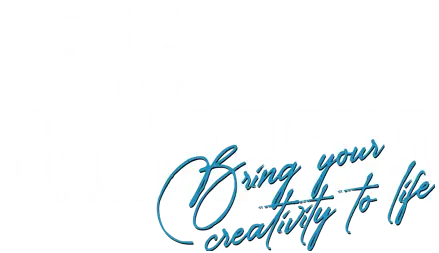JPG vs PNG: Which one is better?

JPG (Joint Photographic Experts Group):
JPG is a widely used image format that employs lossy compression, meaning it discards some image data to reduce file size. This compression method is advantageous for photographs and images with smooth color gradients, as it allows for significant file size reduction without noticeable loss of quality to the human eye. JPG is ideal for web images, digital photography, and other scenarios where file size is a critical consideration.
Pros of JPG:
- High Compression: JPG offers high compression rates, making it suitable for reducing file sizes without compromising visual quality.
- Wide Support: Virtually all devices and applications support JPG, making it a universal choice for sharing images across different platforms.
- Photographic Detail: JPG is excellent for photographs and images with complex color variations, preserving the intricate details.
Cons of JPG:
- Lossy Compression: The main drawback of JPG is its use of lossy compression, which can result in a reduction of image quality over multiple saves.
- No Transparency: JPG does not support transparent backgrounds, which limits its usability for certain graphic design purposes.
PNG (Portable Network Graphics):
PNG, on the other hand, utilizes lossless compression, preserving all the original image data without sacrificing quality. This format is preferred for graphics, logos, and images where maintaining a higher level of detail is crucial. PNG is also known for its support of transparent backgrounds, making it a popular choice for web graphics and digital design.
Pros of PNG:
- Lossless Compression: PNG retains all the image data, ensuring that there is no loss of quality during compression.
- Transparency Support: PNG supports alpha channels, allowing for the creation of images with transparent backgrounds, which is crucial for graphic design and web development.
- Sharp Edges: PNG is well-suited for images with sharp edges and text, as it maintains clarity and crispness.
Cons of PNG:
- File Size: PNG files are generally larger than JPG files due to the use of lossless compression, making them less ideal for scenarios where smaller file sizes are a priority.
- Less Suitable for Photographs: While PNG is excellent for graphics and images with transparency needs, it may not be the best choice for photographs with a wide range of colors and gradients.
Choosing the Right Format:
The choice between JPG and PNG depends on the specific requirements of your project. If you prioritize smaller file sizes for web images or digital photography, JPG is likely the better choice. On the other hand, if you need to maintain high quality, preserve transparency, or work with graphics and logos, PNG is the preferred format.
Consider the nature of your images, the intended use, and the importance of file size to make an informed decision. In some cases, a combination of both formats may be the most practical solution for achieving the desired balance between quality and file size in different parts of your project.
YouTube Shorts
Category
Recent
Get in touch
Newsletter
About me
I’m Jerg Gamarcha – I specialize in crafting outstanding digital experiences that empower companies and individuals to make a lasting impact. Let’s work together to create a website that looks great and functions seamlessly, driving your success and growth.
